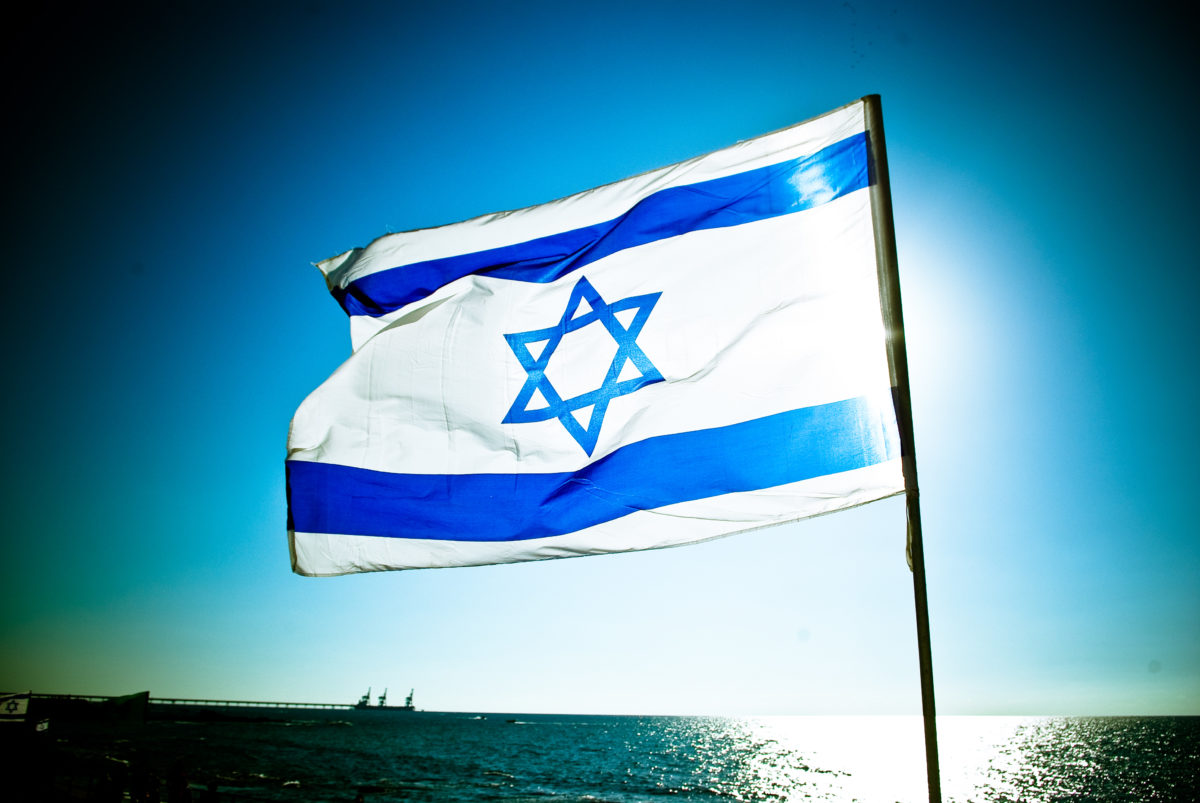The Israeli Electricity Authority (EA) will hold a tender for large-scale PV projects with a capacity of over 12 MW in July, according to information provided to pv magazine by Eitan Parnass, founder and director of Israel’s Green Energy Association.
Through the tender, which is the second of a series of six tenders totaling 1 GW that was launched this year and will run through 2018, the Israeli government expects to allocate between 100 MW and 250 MW. No reference price, so far, was set by the EA for the auction. According to the bidding rules, the AE will assign the same tariff to all winning bids, and the tariff will be that of the lowest proposal not chosen.
The following tender for large-scale solar, with the same capacity target, will be launched by the EA in January.
In the first tender for solar projects up to 12 MW, which was held in March, the ministry of energy allocated approximately 235 MW of PV capacity, with the expected target being between 150 MW and 300 MW. All selected projects will sell power to the local grid at a price of ILS 0.199 ($0.055)/KWh over a 23-year period. Projects selected in the auction must begin delivering power within 21 months. The following tender for projects not exceeding 12 MW with the same capacity target will be launched by the EA in July 2017, while two more tenders of this kind will be launched in January and July 2018.
Meanwhile, Israel’s cumulative PV capacity has surpassed 900 MW, according to provisional numbers provided by Parnass. Of this capacity, around 200 MW comes from PV projects exceeding 12 MW, while the remaining power is represented by residential installations up to 15 kW (50 MW), commercial installations ranging in size from 15 kW to 50 kW (240 MW), and distributed generation PV plants up to 14 MW (315 MW).
Popular content
The limit for the latter plant was recently downsized to 12 MW. On top of this, there are more than 100 MW of capacity installed under the country's net metering scheme.
The reason why Israel is installing more distributed generation PV power instead of large-scale PV plants is the fact that the southern part of the country, which is the most suitable for big ground-mounted PV installations, has serious grid constraints, Parnass stated.
The series of 1 GW tenders launched by the Israeli government at the beginning of this year is intended to help the country reach a target of 10% share of renewables in its energy mix by 2020. Solar is expected to grow by another 2.5 GW by then. Overall, Israel is targeting to cover its energy consumption with renewables by 13% in 2025, and by 17% in 2030.
This content is protected by copyright and may not be reused. If you want to cooperate with us and would like to reuse some of our content, please contact: editors@pv-magazine.com.



By submitting this form you agree to pv magazine using your data for the purposes of publishing your comment.
Your personal data will only be disclosed or otherwise transmitted to third parties for the purposes of spam filtering or if this is necessary for technical maintenance of the website. Any other transfer to third parties will not take place unless this is justified on the basis of applicable data protection regulations or if pv magazine is legally obliged to do so.
You may revoke this consent at any time with effect for the future, in which case your personal data will be deleted immediately. Otherwise, your data will be deleted if pv magazine has processed your request or the purpose of data storage is fulfilled.
Further information on data privacy can be found in our Data Protection Policy.